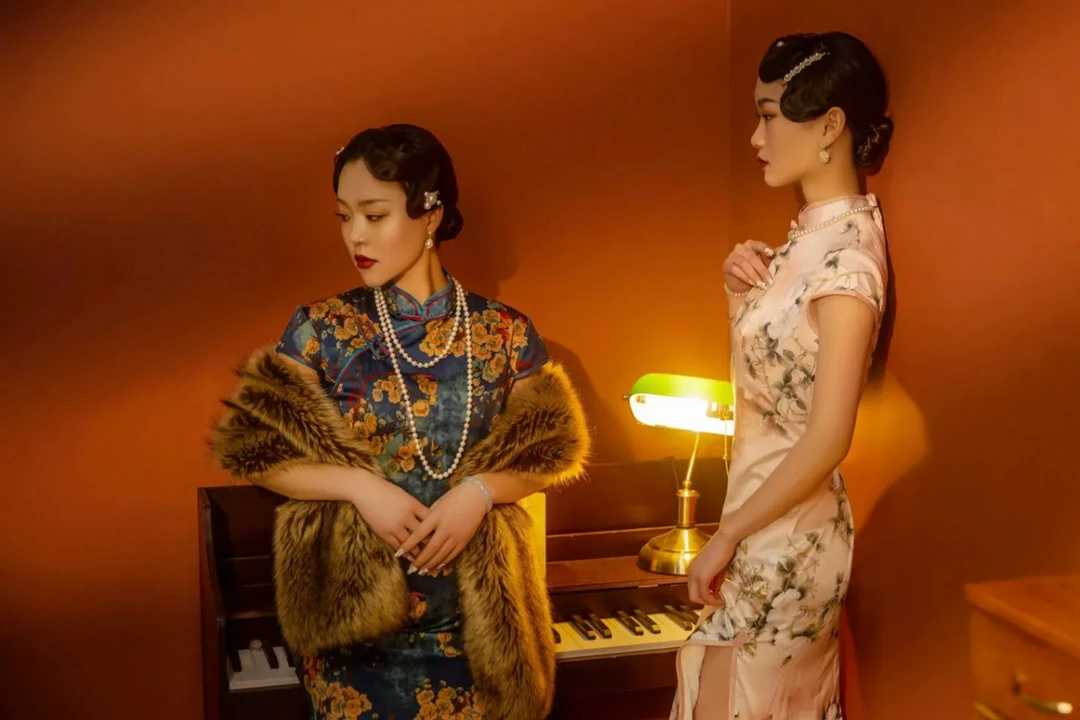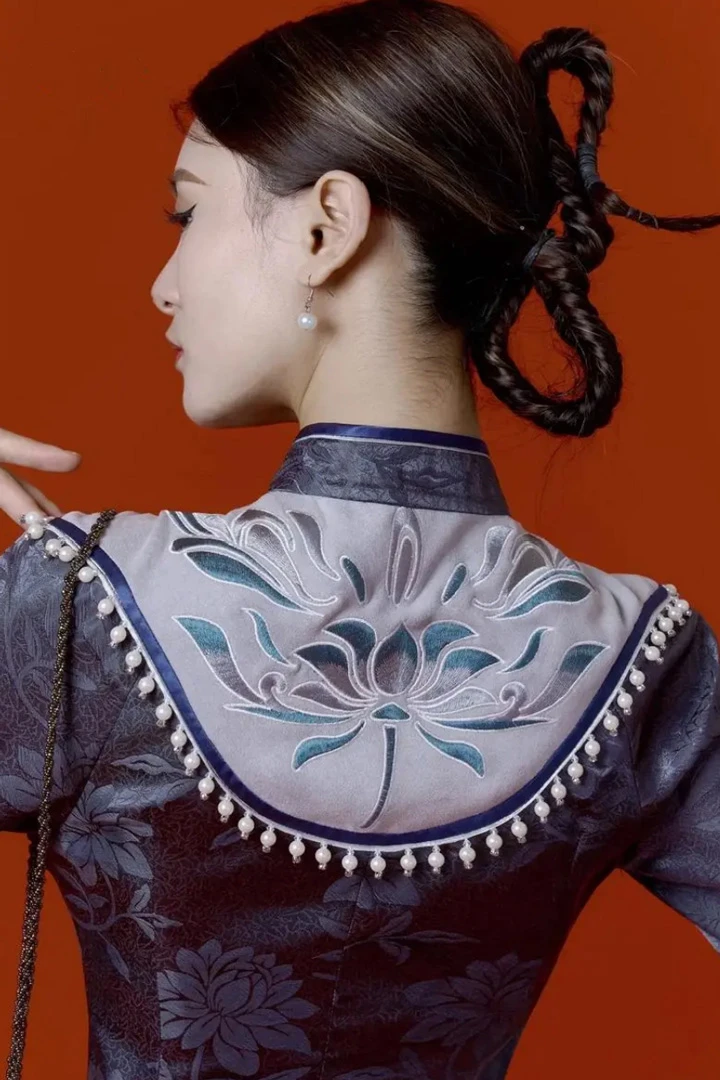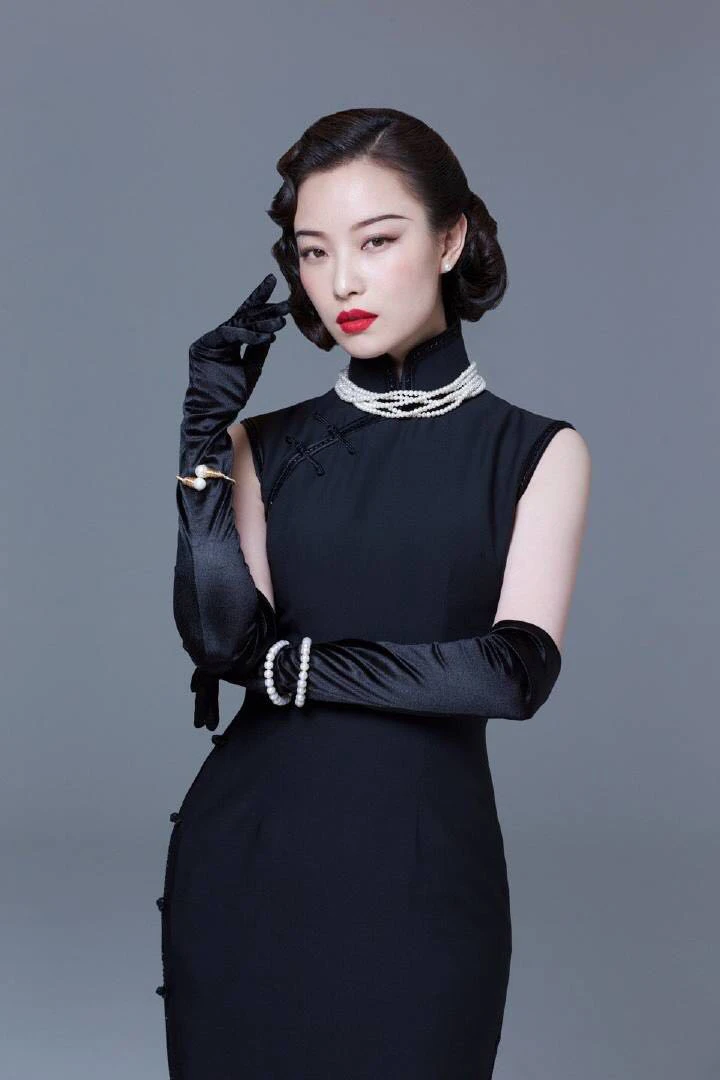The cheongsam, a traditional Chinese dress, has become an iconic symbol of Chinese femininity and elegance. Its allure has transcended time and continues to captivate people around the world. From its humble beginnings as a functional garment for Manchu women to its modern-day status as a fashion statement, the qipao has undergone a fascinating evolution that mirrors the changes in Chinese society and culture.
The origins of the qipao can be traced back to the Manchu people, who ruled China during the Qing Dynasty (1644-1912). The Manchus, originally a nomadic tribe from the northeastern region of China, wore long robes with slits on both sides to facilitate horseback riding. These robes, known as “qipao,” were worn by both men and women and were designed to provide warmth and comfort in the harsh climate of the northeast.
As the Manchus settled in China and established the Qing Dynasty, their clothing began to evolve and adapt to the new environment. The qipao gradually became more form-fitting and decorative, with intricate embroidery and embellishments adorning the garment. The sleeves of the qipao also underwent changes, becoming wider and more ornate, earning them the nickname “horse-hoof sleeves” or “arrow sleeves.”
During the mid-Qing period, the influence of Han Chinese culture on Manchu clothing became more pronounced. The qipao became looser and more flowing, with the hemline often reaching the ground. The collar of the qipao also evolved, with the introduction of the “yuanbao collar,” a high, standing collar that resembled the shape of a traditional Chinese gold ingot. This design was particularly well-suited to the physique of Manchu women, who were generally taller and more robust than their Han Chinese counterparts.
As the Qing Dynasty entered its later years, the qipao became increasingly ornate and elaborate. Skilled artisans employed various techniques such as embroidery, appliqué, and beading to create stunning designs on the garment. The decorations often featured floral patterns, dragons, and phoenixes, symbolizing wealth, power, and good fortune. Some qipao were so heavily embellished that the original fabric was barely visible beneath the intricate designs.
The fall of the Qing Dynasty in 1911 and the establishment of the Republic of China marked a new era for the qipao. As China embraced modernity and Western influences, the qipao underwent a significant transformation. In the 1920s, young female students in Shanghai began to modify the traditional qipao, making it more form-fitting and streamlined. They removed the excess fabric and created a more tailored silhouette that accentuated the female figure.
This new, modern version of the qipao quickly gained popularity among fashionable women in China. It became a symbol of sophistication and elegance, worn by upper-class women and celebrities alike. The qipao was even recognized as an official national dress by the Nationalist government in 1929.
Throughout the 1930s and 1940s, the qipao continued to evolve and adapt to changing fashion trends. Designers experimented with different fabrics, colors, and patterns, creating a wide variety of styles to suit individual tastes. Some qipao featured short sleeves or no sleeves at all, while others had high slits that revealed the wearer’s legs. The length of the qipao also varied, with some reaching just below the knee and others extending to the ankle.
Despite the many variations in style, the qipao remained a symbol of Chinese femininity and grace. It was worn by women of all ages and social classes, from young students to elderly grandmothers. The qipao became an integral part of Chinese culture, representing the beauty and elegance of Chinese women.
As China entered the modern era, the qipao continued to evolve and adapt to changing societal norms and fashion trends. In the latter half of the 20th century, the qipao experienced a resurgence in popularity, both within China and abroad.
During the Cultural Revolution (1966-1976), traditional Chinese clothing, including the qipao, was largely discouraged as it was seen as a symbol of bourgeois decadence. However, after the end of the Cultural Revolution and the implementation of economic reforms, the qipao began to make a comeback.
In the 1980s and 1990s, the qipao became a popular choice for formal occasions and celebrations, such as weddings, banquets, and cultural events. Chinese designers and fashion houses began to experiment with new materials and designs, creating modern interpretations of the traditional qipao. Silk, satin, and brocade remained popular fabrics, but designers also incorporated contemporary materials like chiffon and lace.
The qipao’s popularity extended beyond China’s borders, as it caught the attention of fashion enthusiasts and designers worldwide. International fashion houses and celebrities embraced the qipao, incorporating its distinctive silhouette and aesthetic into their collections and red carpet appearances.
One of the most notable examples of the qipao’s global influence was its appearance at the 2008 Summer Olympics in Beijing. The qipao-inspired uniforms worn by the Chinese Olympic team during the opening and closing ceremonies were a source of national pride and showcased the enduring beauty of this traditional garment on the world stage.
In recent years, the qipao has continued to evolve, with designers experimenting with new cuts, colors, and materials while still preserving its essence. Some modern interpretations feature contemporary elements like asymmetrical hemlines, bold prints, and unconventional fabric choices, appealing to a younger generation of fashion-conscious consumers.
Beyond its role in fashion, the qipao has also become a symbol of cultural identity and heritage. It is celebrated in art, literature, and film, and has been the subject of numerous exhibitions and cultural events around the world. Museums and cultural institutions have dedicated entire collections to showcasing the history and evolution of the qipao, recognizing its significance as a representation of Chinese culture and craftsmanship.
As the qipao continues its journey through time, it remains a testament to the enduring beauty and resilience of Chinese culture. Its ability to adapt and evolve while retaining its essence has allowed it to transcend generations and cultural boundaries, captivating audiences worldwide.
Whether worn as a traditional garment or reinterpreted through a modern lens, the qipao remains a powerful symbol of Chinese femininity, elegance, and cultural heritage. Its journey from a functional garment for Manchu women to a global fashion icon is a reflection of China’s own transformation and the enduring appeal of its rich cultural traditions.
As fashion trends come and go, the qipao stands as a timeless reminder of the beauty and artistry that have been woven into the fabric of Chinese culture for centuries. Its enduring presence serves as a bridge between the past and the present, connecting generations and inspiring a continued appreciation for the rich tapestry of Chinese heritage.



